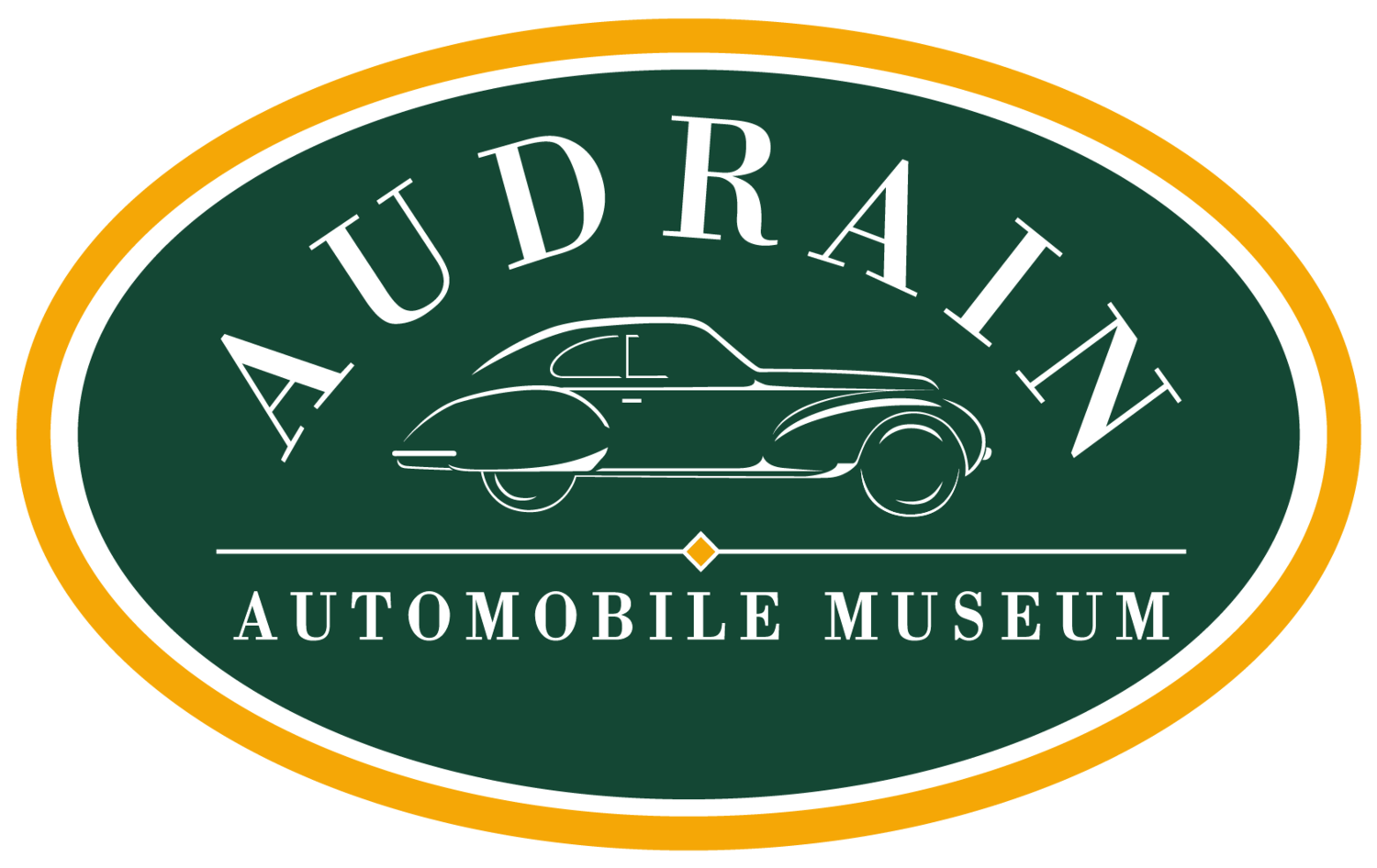Kaleidoscope Tutorial
As we learned with the spectroscope, different things can happen when a light source interact with different sources. While a spectroscope refracts light, a kaleidoscope uses mirrored surfaces to reflect light. Reflection bounces back the light rays, but at different angles. Some surfaces reflect light better than others, a mirror for example does a really good job, (have you ever seen rainbows bouncing off a mirror on a sunny day?) while dark surfaces absorb light. In a kaleidoscope, the mirrors are angled to reflect light rays to a greater extent. By understanding how light reflects, we can control where it reflects. As a light source bounces off the reflective surface, the light ray extends in the opposite direction. In a headlight there are concave mirrors, or mirrors that are curved inwards like a bowl. When the light reflects off that concave surface not only does the light extend straight forward to the front, but these rays are made even more powerful helping to illuminate the road. Look at the American Underslung to see how early manufacturers relied on mirrors to help create brighter and more powerful headlights. The kaleidoscope uses angled mirrors (rather than concave) to reflect light in different directions but explains how reflection affects light. When the light sources pass through the colored beads you will see the light spectrum reflected at different angles to create patterns.
Materials
Empty paper towel roll
Scissors and a utility knife*
Hot glue gun*
Glue sticks
Tape - we used shiny washi tape for extra light reflection!
Clear plastic -we used laminator paper, but feel free to use the plastic from a fruit container, or any other thin and stiff clear plastic you can cut
Ruler
Aluminum foil
Heavyweight paper such as cardstock
Multi-colored plastic beads
Permanent marker
Colored paper/Paint/Crayons/Stickers
*use carefully with the help of an adult
Instructions
Measure the length of the paper towel tube (should be approximately 11”), then measure three strips on the cardstock that are 1” SHORTER than the length of the tube, and 1 ¾” wide, cut these out.
2. Cover the strips of cardstock in aluminum foil, shiny side out! Use the glue stick to adhere the foil to the paper. Make sure to fold the foil over all the edges so no paper is visible.
3. Using tape, arrange the three foil-covered strips into a pyramid and secure. This will act as your mirrored prism. Tip: lay the three strips flat and next to each other, tape the seems on one side, then fold into a triangle and tape the two connecting edges on the outside. This will act as your mirrored prism.
4. Use the end of the paper towel tube and trace two circles on your plastic with the permanent marker. Cut the first circle along the outside of the tracing so it is LARGER than the opening of the tube. Cut the second circle on the inside of the tracing so it is SMALLER than the opening of the tube, make sure the second circle can fit snugly inside the tube (you may need to cut a few circles to get the right size).
5. Insert the smaller second plastic circle into the tube, using the prism (foil pyramid) push the plastic circle to the end of the tube, so it is about 1” away from the opening. Using hot glue (and adult supervision!) glue the plastic circle to the tube so it cannot slip out of place.
6. Once the glue has cooled, decorate the outside of your tube! Paint it, add stickers, make it as creative as possible!
7. Fill the end of the tube with the plastic circle with beads. You want to make sure the whole area is filled. Use the first larger plastic circle and hot glue (with adult supervision!) it to the outside of the tube. You will want to use lots of glue, so the plastic circle does not slip off and spill beads everywhere.
8. Insert the prism into the other end of the tube and aim the end with the beads towards a light source. Rotate the tube (and rotate the prism in the tube) and watch the light rays change color and length. What colors are the brightest? If you hold the kaleidoscope in different positions can you see the how the light rays change angle and reflect differently? Think about how headlights can use mirrors to control the angle that the light reflects. At what angle would you want headlights to shine at to best see the road?



